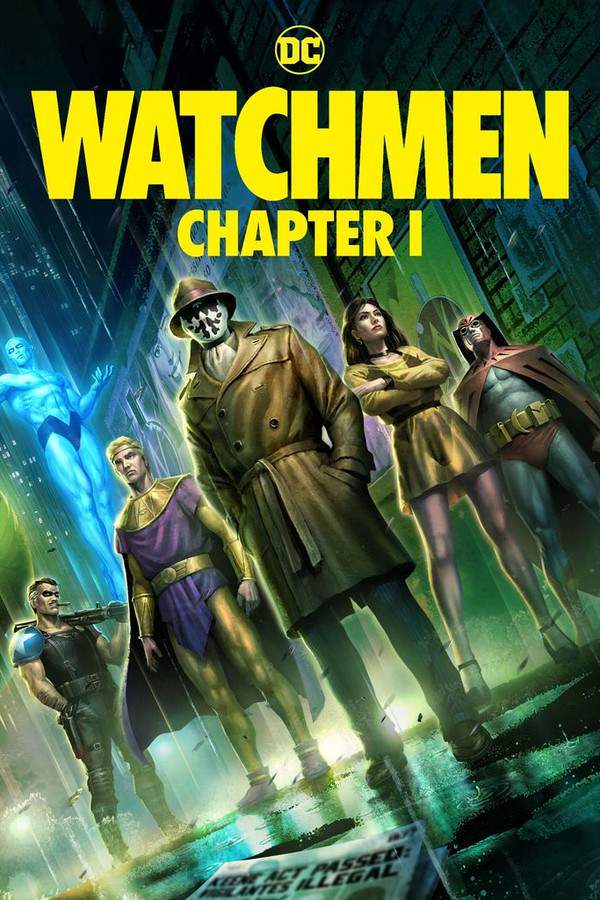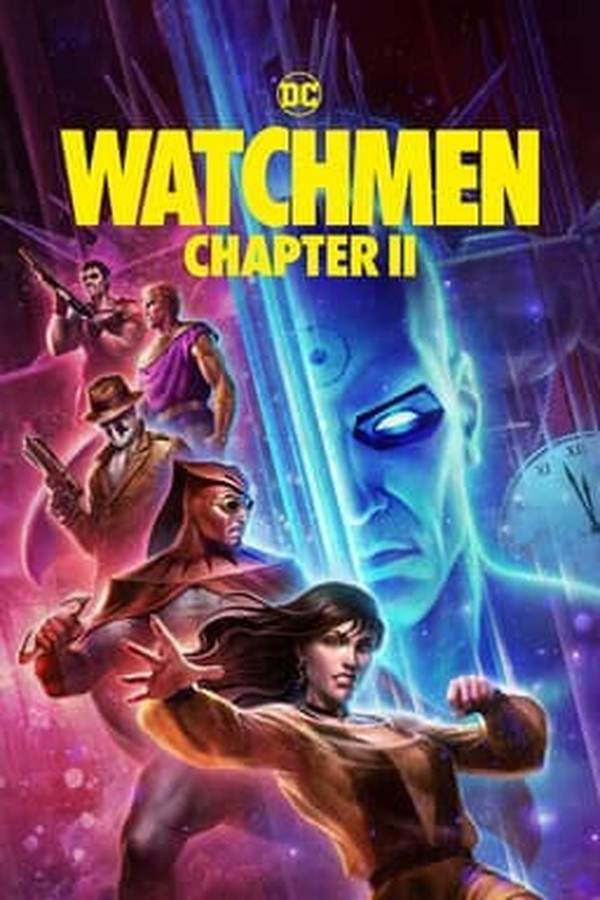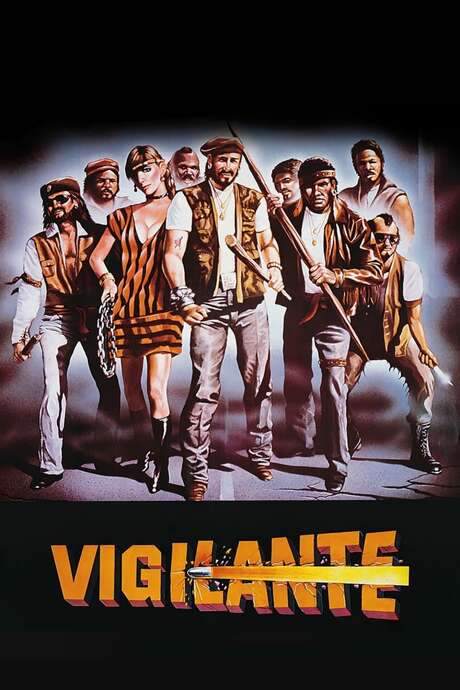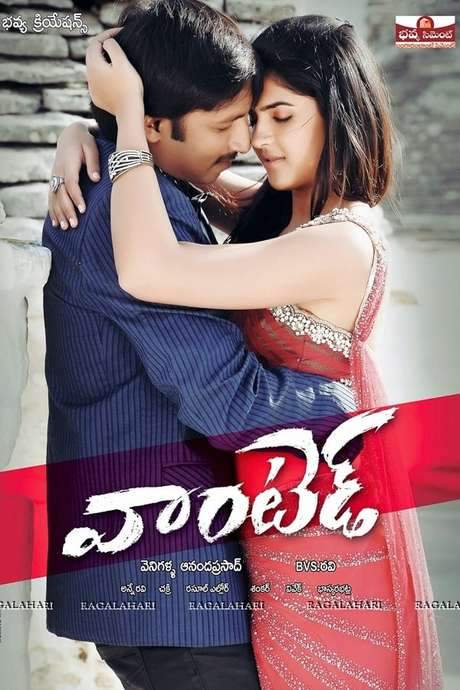
Batman: The Dark Knight Returns, Part 1
Year: 2012
Runtime: 76 mins
Language: English
Director: Jay Oliva
After a decade of absence, a new wave of crime overwhelms Gotham City. Fifty-five-year-old Bruce Wayne must once again don the mantle of Batman to confront this escalating threat. But as he returns to fight crime, questions arise about whether the aging hero still possesses the skills and strength needed to face a new generation of criminals and restore order to his city.
Warning: spoilers below!
Haven’t seen Batman: The Dark Knight Returns, Part 1 yet? This summary contains major spoilers. Bookmark the page, watch the movie, and come back for the full breakdown. If you're ready, scroll on and relive the story!
Batman: The Dark Knight Returns, Part 1 (2012) – Full Plot Summary & Ending Explained
Read the complete plot breakdown of Batman: The Dark Knight Returns, Part 1 (2012), including all key story events, major twists, and the ending explained in detail. Discover what really happened—and what it all means.
In a dystopian near-future Gotham City, 55-year-old Bruce Wayne has withdrawn from life as a vigilante after the death of his former sidekick, Jason Todd. The city is overrun by crime, and a brutal gang known as the Mutants stalk the streets, keeping the population in a constant state of fear. Wayne has retreated into reclusiveness, yet he continues his philanthropic work and maintains a quiet, uneasy friendship with Commissioner James Gordon. The tension between public safety and personal liberty weighs heavily on both men as Gotham slides into a more oppressive mood.
Public opinion about Batman is sharply divided. While many citizens welcome his return as a necessary deterrent, the city’s powerful elites denounce him, branding him a fascist. Among them are Mayor Stevenson, a figure whose grip on the city’s machinery remains uneasy, and Dr. Bartholomew Wolper, Arkham Asylum’s head psychiatrist, who argues that Batman’s methods destabilize the fragile order he pretends to uphold. The debate rages in newsrooms and dining rooms alike, fueling a civil discourse that tests the line between justice and authoritarian control.
Bruce’s old ally, Harvey Dent, undergoes a drastic personal transformation. Dent, once a symbol of good governance and reform, has plastic surgery that repairs his features but comes at the terrible cost of erasing his good side forever, leaving him as Harvey Dent no longer aligned with the ideals he once championed. In a shocking turn, Batman confronts Two-Face and halts his bid to hold Gotham City hostage with a bomb, restoring a fragile sense of calm even as the city remains haunted by the memory of what Dent once stood for.
Inspired by Batman’s courage, a 13-year-old girl named Carrie Kelley seizes the moment and buys herself a Robin costume. She makes a bold, hopeful choice to seek out the Dark Knight, and she eventually finds him at a city dump where the Mutant gang has started to gather. With a tank-like Batmobile at his command, Batman dispatches most of the gang with rubber bullets, a nonlethal approach that underscores his willingness to protect life while still delivering decisive action. The pivotal clash comes when Batman faces the Mutant Leader in a brutal, hand-to-hand duel. He is initially overpowered, but Carrie’s quick thinking and daring distraction give Batman an opening to subdue the Leader, illustrating how a new ally can alter the balance of power in Gotham.
Carrie’s rescue of Batman is a turning point. She nurses him back to health as the Batmobile rolls toward the Batcave, and, despite Alfred Pennyworth’s concerns about a novice taking on the mantle, Batman decides to make Carrie his new Robin. The partnership begins with a bold plan: Carrie will disguise herself as a Mutant to spread the word of a meeting at Gotham Pipe, while Batman works behind the scenes to engineer the Mutant Leader’s escape from prison. For the first time in a long while, Gotham’s dynamic duo looks set to rewrite the rules of heroism, even as the city teeters on the edge of a new era of vigilantism.
The Mutants’ resistance escalates when the Mayor attempts to negotiate with the Mutant Leader in his cell. The encounter ends violently as the Mutant Leader mauls the Mayor to death, a grim reminder that the old order is willing to go to extremes to hold onto control. Commissioner Gordon, perhaps overwhelmed by the escalating chaos, inadvertently aids the Leader’s escape by allowing him to slip through the ventilation system toward Gotham Pipe, where the Mutants gather in full force. Batman arrives to confront the threat once more, delivering a superior tactical display that demonstrates his renewed age and experience. This time, he outsmarts the Leader, breaking several bones and delivering a decisive blow that signals the end of the Mutant uprising and the dispersal of their forces into smaller, more manageable factions.
With the Mutants scattered, a new faction emerges under a bold, unsettling banner—The Sons of Batman—who claim to purge Gotham of crime but pursue a method that sits uncomfortably on the line between justice and coercive rule. Batman’s triumphant return becomes front-page news, and the city begins to breathe a little easier as the immediate threat recedes. Yet the political fallout is messy. The death of the Mayor creates a power vacuum, and Deputy Mayor Stevenson steps into the role of mayor, signaling a shift in who holds influence over Gotham’s future.
As the city adjusts to this upheaval, Commissioner Gordon contemplates the change in leadership. He meets with his successor, Police Captain Ellen Yindel, a figure who voices doubts about Batman’s methods and the potential consequences of letting a lone vigilante shape the city’s fate. The confrontation between old authority and new oversight casts a long shadow over Gotham’s governance, inviting viewers to weigh the costs of security against the cost of civil liberties.
Off in Arkham Asylum, a catatonic patient stares at a television report about Batman and betrays a disturbing, almost knowing grin. The image serves as a whispered omen of Gotham’s ongoing struggle: even as the Mutants are defeated and the Sons of Batman rise, the city’s underbelly remains vigilant, waiting for the next spark that could ignite a new cycle of conflict.
In the end, Gotham stands at a crossroads. Batman’s reemergence restores a measure of safety, Carrie Kelley’s Robin learns the gravity of her new role, and the city begins to navigate a world where justice is more complicated than it once seemed. The story closes not with a definitive triumph, but with a cautious hope that, through courage and collaboration, Gotham can endure the pressures of a world that never stops challenging its defenders.
Last Updated: October 01, 2025 at 10:21
Explore Movie Threads
Discover curated groups of movies connected by mood, themes, and story style. Browse collections built around emotion, atmosphere, and narrative focus to easily find films that match what you feel like watching right now.
Movies about aging heroes in bleak cities like Batman: The Dark Knight Returns, Part 1
Grizzled veterans confront overwhelming crime in decaying urban landscapes.If you liked the story of an older Batman returning to a decaying Gotham, explore other movies like Batman: The Dark Knight Returns, Part 1. This thread features similar stories of grizzled veterans confronting overwhelming crime and moral decay, where the hero's age and the city's state are central to the conflict.
Narrative Summary
Narratives in this thread typically follow a seasoned protagonist, often retired or in decline, who is forced to return to action. The journey involves them overcoming self-doubt and physical decline while facing a new, more brutal generation of evil. The setting is often a dystopian or severely decayed urban environment that reflects the protagonist's own struggles.
Why These Movies?
Movies are grouped here because they share the powerful theme of an aging figure grappling with their legacy and relevance in a world that has grown darker and more complex. The combination of a gritty, high-stakes setting and a protagonist past their prime creates a unique, heavy, and compelling mood.
Movies about morally complex vigilante justice like Batman: The Dark Knight Returns, Part 1
Stories where the line between hero and villain is dangerously blurred.Find more films exploring the gray areas of justice similar to Batman: The Dark Knight Returns, Part 1. This collection features stories where vigilante action has heavy consequences, blurring the lines between hero and villain, and forcing characters and audiences to question the cost of taking the law into one's own hands.
Narrative Summary
The plot typically follows a vigilante's crusade against crime, which escalates in brutality and scope. This forces a confrontation not just with criminals, but with the established authorities and the public, leading to a crisis about the morality of their actions. The story often culminates in a bittersweet victory that comes at a significant personal and societal cost.
Why These Movies?
These films are grouped together based on their shared exploration of the moral ambiguity surrounding extra-legal justice. They feature a dark tone, fast-paced action, and a heavy emotional weight derived from the psychological toll on the protagonist and the societal fallout of their actions.
Unlock the Full Story of Batman: The Dark Knight Returns, Part 1
Don't stop at just watching — explore Batman: The Dark Knight Returns, Part 1 in full detail. From the complete plot summary and scene-by-scene timeline to character breakdowns, thematic analysis, and a deep dive into the ending — every page helps you truly understand what Batman: The Dark Knight Returns, Part 1 is all about. Plus, discover what's next after the movie.
Batman: The Dark Knight Returns, Part 1 Timeline
Track the full timeline of Batman: The Dark Knight Returns, Part 1 with every major event arranged chronologically. Perfect for decoding non-linear storytelling, flashbacks, or parallel narratives with a clear scene-by-scene breakdown.

Characters, Settings & Themes in Batman: The Dark Knight Returns, Part 1
Discover the characters, locations, and core themes that shape Batman: The Dark Knight Returns, Part 1. Get insights into symbolic elements, setting significance, and deeper narrative meaning — ideal for thematic analysis and movie breakdowns.

Batman: The Dark Knight Returns, Part 1 Spoiler-Free Summary
Get a quick, spoiler-free overview of Batman: The Dark Knight Returns, Part 1 that covers the main plot points and key details without revealing any major twists or spoilers. Perfect for those who want to know what to expect before diving in.

More About Batman: The Dark Knight Returns, Part 1
Visit What's After the Movie to explore more about Batman: The Dark Knight Returns, Part 1: box office results, cast and crew info, production details, post-credit scenes, and external links — all in one place for movie fans and researchers.



























